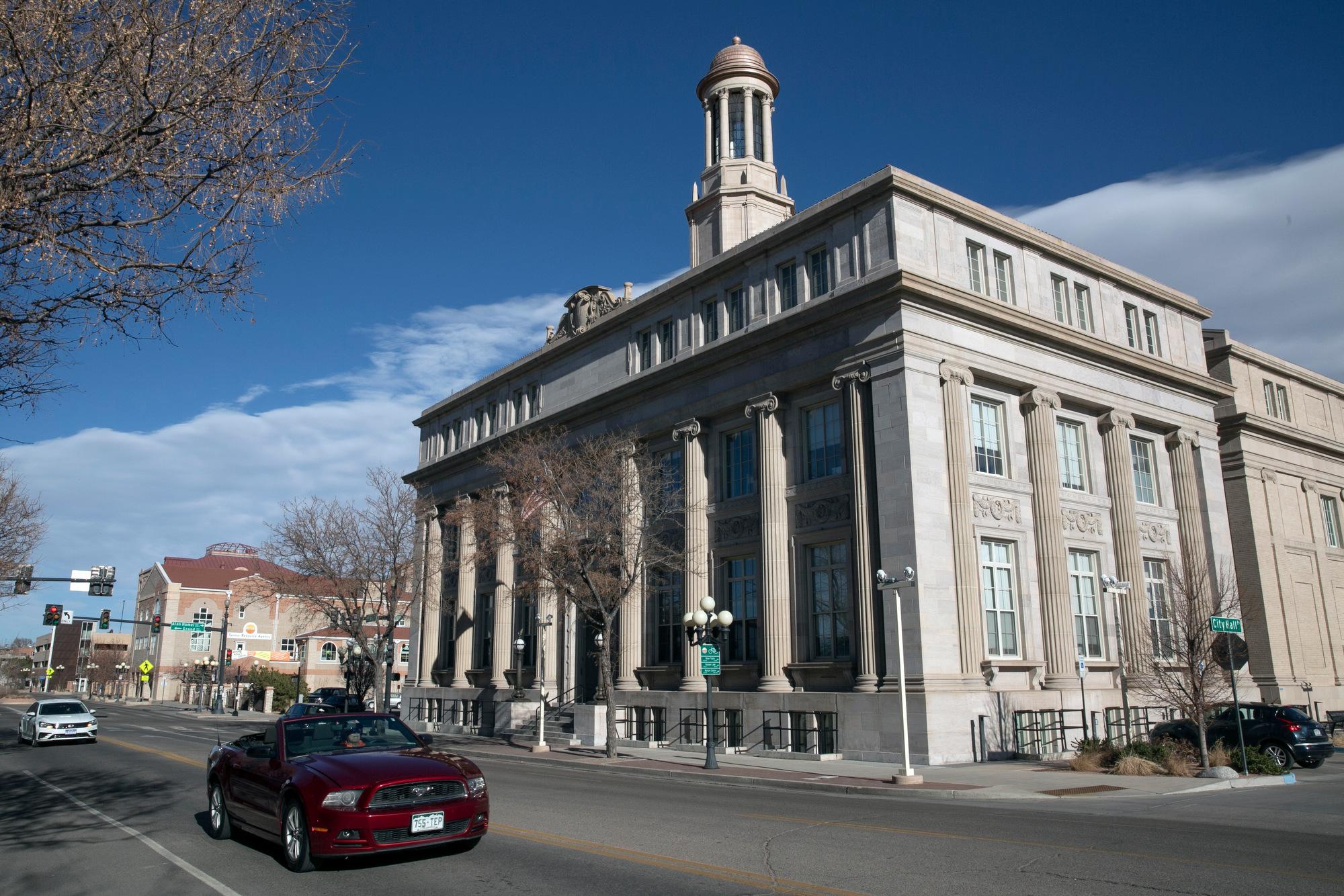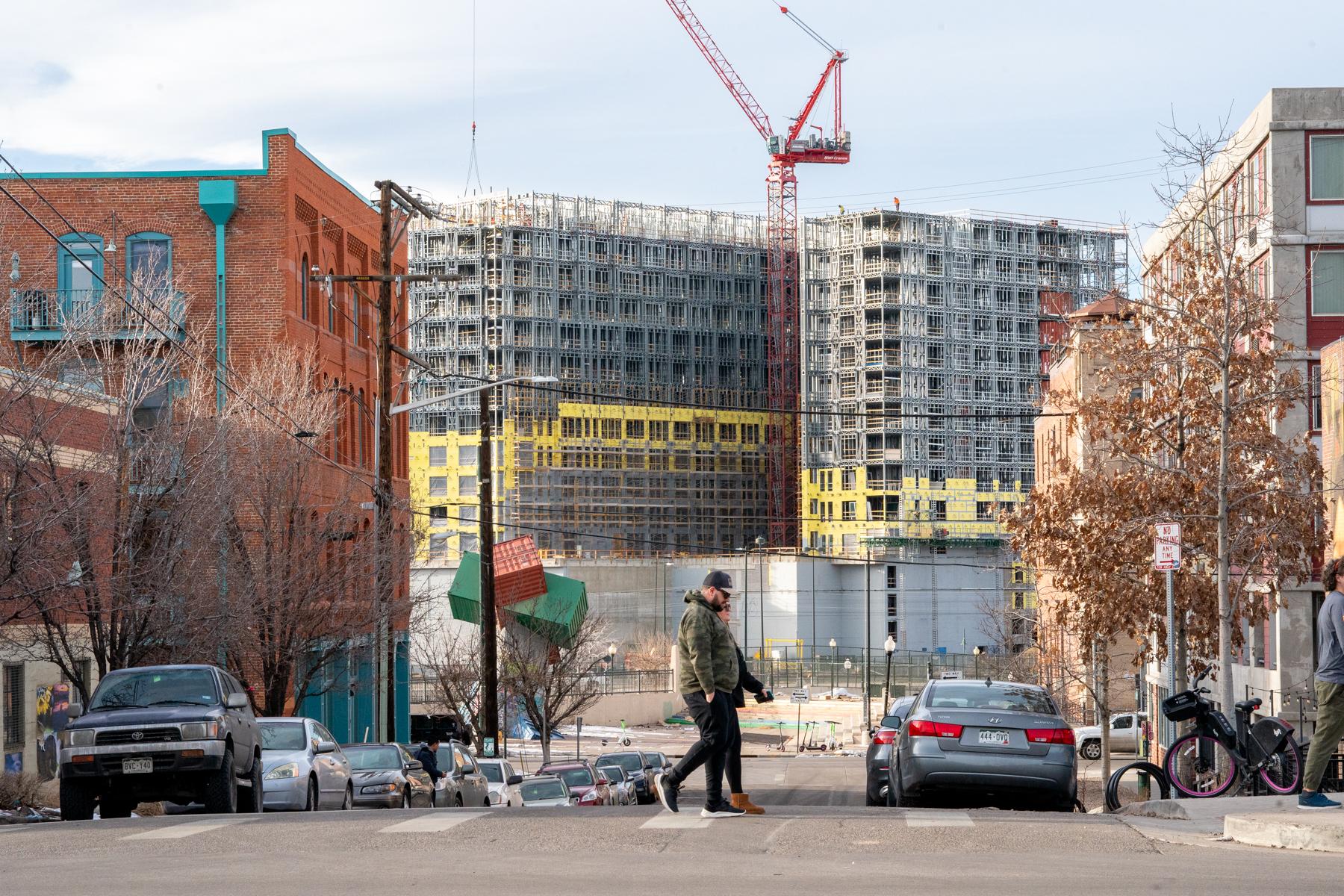
Gov. Jared Polis and influential Democrats want to open up large swaths of Colorado’s cities to denser development and make fundamental changes to how growth happens in Colorado.
The bill, which is simply titled “Land Use,” is one of the longest pieces of legislation being debated at the capitol this year. We read through the 105-page draft and talked to experts.
Complicated bills are often revised as they pass through the many steps of the legislative process. Here are the biggest points to understand about the bill in its starting form.
The quick explanation:
- Certain cities and towns would have to allow denser forms of housing. Instead of reserving neighborhoods just for single-family homes, those cities would have to allow townhomes and buildings with up to six residential units in any area zoned residential. They would also have to let people build accessory dwelling units.
- Certain cities would also have to allow denser residential development around rail transit stations and along commercial corridors — think townhomes and multi-story apartments.
- The state would get more involved in housing planning, including setting goals for cities.
- Rules around manufactured homes and other prefab residential structures would be relaxed to make them easier to sell and site.
Diving deeper: Upzoning for ‘middle housing,’ ADUs, transit and commercial areas
You’re going to hear the words “zoning” and “upzoning” a lot in this debate. “Zoning” is a set of rules that decides how different pieces of land can be used, and what can be built on it. Historically, zoning rules have been set by local governments, like cities and counties.
This bill is focused on residential zoning. In Colorado, most residential zones only allow one type of construction: the single-family home. That’s why there are so many neighborhoods that are entirely filled with freestanding houses, often surrounded by yards.
The bill proposes a big change to this system. It would force many cities to rewrite their zoning laws to allow denser kinds of housing. This is known as upzoning.
The idea, according to the sponsors, is to “cut red tape” and make it easier to build housing.
“We need homes that fit (the) budgets of more Coloradans, and that's exactly what this policy seeks to accomplish,” said Senate Majority Leader Dominick Moreno, who is working on the bill with Gov. Jared Polis’ administration and fellow Democratic representatives Iman Jodeh and Steven Woodrow.
“Research has shown that increasing housing supply, like building units like duplexes and townhomes, can increase affordability. Yet these types of housing are often prohibited in many of the communities that need them the most. And that doesn't make sense. The solutions we're proposing focus on setting goals and eliminating restrictions so we can build more homes that people can afford quickly.”
The biggest upzoning changes would only apply to “Tier 1” cities — which includes Colorado’s largest cities and some of their suburbs — as well as “rural resort job centers,” such as Vail, Aspen and Steamboat Springs. (Check the bottom of this page for a list of tiers and cities.)
Here are where the biggest changes would apply:
- Residential neighborhoods: Larger cities would have to allow denser residential development in all residential zones. This change would apply in “Tier 1” cities and in “rural resort job centers.” Backers originally wanted to allow up to six units per lot in all residential areas, but have signaled that they may dial it back to four units per lot.
- Transit stations: Larger cities would have to allow denser development, with a certain amount of designated affordable housing, within a half-mile of rail transit stations. This would apply only to Tier 1 cities.
- Major streets: Larger cities would have to allow denser development along commercial corridors and transit corridors. This would apply in Tier 1 and “rural resort” cities.
- Backyards: Most cities would have to allow the construction of accessory dwelling units, also known as “granny flats”, in residential zones. This would apply in all but the smallest cities.
All these new types of development would be allowed “by right,” meaning that projects don’t have to get reviewed by elected officials.
Cities would not be allowed to require off-street parking for any of the higher-density developments named above. However, the sponsors have also signaled they’re open to allowing some parking requirements. They’ve also said they could allow some more flexibility for mountain resort towns.
The bill also discourages cities from trying to choke off multifamily development through other means. For example, it says that they can’t try to make development “infeasible” by layering on new rules, and they generally can’t be more strict with multi-family than single-family development.
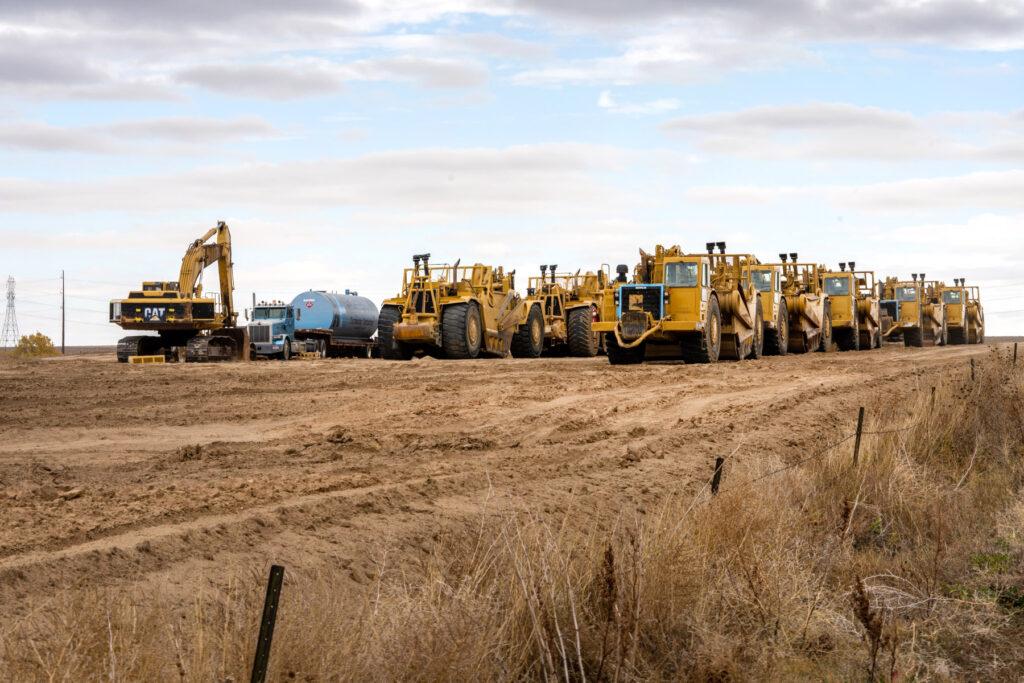
Other regulations removed
The bill bans or removes certain types of housing restrictions across much of the state.
For example, square footage requirements on new units would go away. Most cities would not be able to say that residential units have to be a minimum size, except for health and safety reasons.
And governments wouldn’t be allowed to set occupancy limits based on familial relationships — in other words, a city like Boulder would no longer be able to limit the number of unrelated roommates who can live together.
The state would also work to loosen restrictions around mobile homes and factory-built structures. Cities could not set special regulations just for these types of structures, and certain financing requirements would be removed. An advisory committee would also produce a report on barriers and opportunities in this area.
Homeowners’ associations and planned-unit developments also would lose some power. They would have to obey all the same rules as local governments when it comes to upzoning — even if, for example, four-plexes are not allowed under a community’s rules.
The changes would show up on paper — and eventually in real life
Cities would have a couple options to comply with the new law, if it passes. They could adopt a “model” zoning code from the state that has all these new density rules written into it. Or they could adjust their existing codes. Either way, the changes would have to happen by the end of 2024.
If cities fail to act, their local zoning codes would be overwritten with the model version in 2025.
Once the changes are made, though, it could still take years before you see any effects in your neighborhood, if ever.
The bill does not guarantee that new development will happen, or force developers to build more densely. In areas where developers don’t believe putting in more units will be more profitable, little is likely to happen.
Instead, the bill opens the door for more types of construction. So, some neighborhoods might just see a smattering of ADUs getting built, if anything. Meanwhile, others could experience a boom of multifamily development.
Local governments would be allowed to ask for a delay on changing their zoning code if, for example, they don’t have enough water or wastewater infrastructure to serve the new development.
They would have to demonstrate to the state that their water infrastructure is “deficient” or “will be deficient” within five years — and present plans to fix those deficiencies. The state would have the power to accept or reject the city’s concerns about infrastructure.
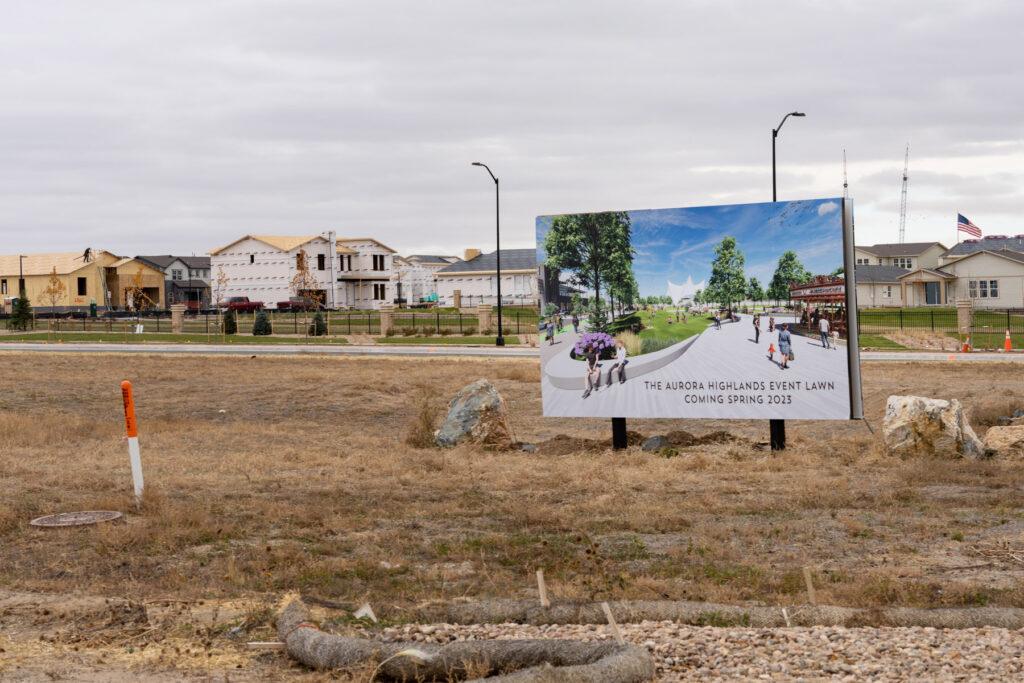
A big change to the balance of power draws criticism
Right now, all these zoning decisions are made at the local level, by city councils, planning departments and county commissions. It’s been an issue for “local control.”
The bill’s sponsors argue that has to change. They say that the housing market — and the housing crisis — are bigger than any one city. Therefore, they argue, it’s a matter of statewide concern and the state legislature should take some control.
That’s drawing objections from some mayors and other local officials, who say that local leaders are in the best position to make local decisions because they understand their communities and are directly answerable to voters.
“The bill would impose top-down State land use standards that would essentially deprive local citizens of any meaningful input into the land use practices that directly impact their quality of life,” warned Mayor John Suthers of Colorado Springs in an op-ed.
The Colorado Municipal League argues the bill hands power to developers at the expense of cities.
“Municipalities will be forced to bow to developer demands or expend precious resources in litigation to enforce reasonable local regulations,” states a CML report.
And the measure could lead to development that overwhelms local roads and other transportation systems, CML argues.
“The bill does not identify where cars will go or how municipalities are to address the burdens on public streets, public safety, and quality of life,” CML wrote.
The group also points out that the bill is focused largely on market-rate housing, with few provisions to encourage affordable housing. City councils often might require a developer to include affordable units as a condition of approving a project. If developers gain more power to build “by right,” they will have less reason to participate in affordable housing agreements, CML argues.
“The bill undermines local efforts to create affordable housing if developers find them objectionable and takes away local leverage to incentivize affordable multifamily housing.”
However, cities would still be allowed to use “inclusionary” zoning — requiring a certain amount of affordable units in a project — as long as it doesn’t make development “infeasible.” And supporters argue that building new housing, even if it’s “luxury,” will free up more units for lower-income people.
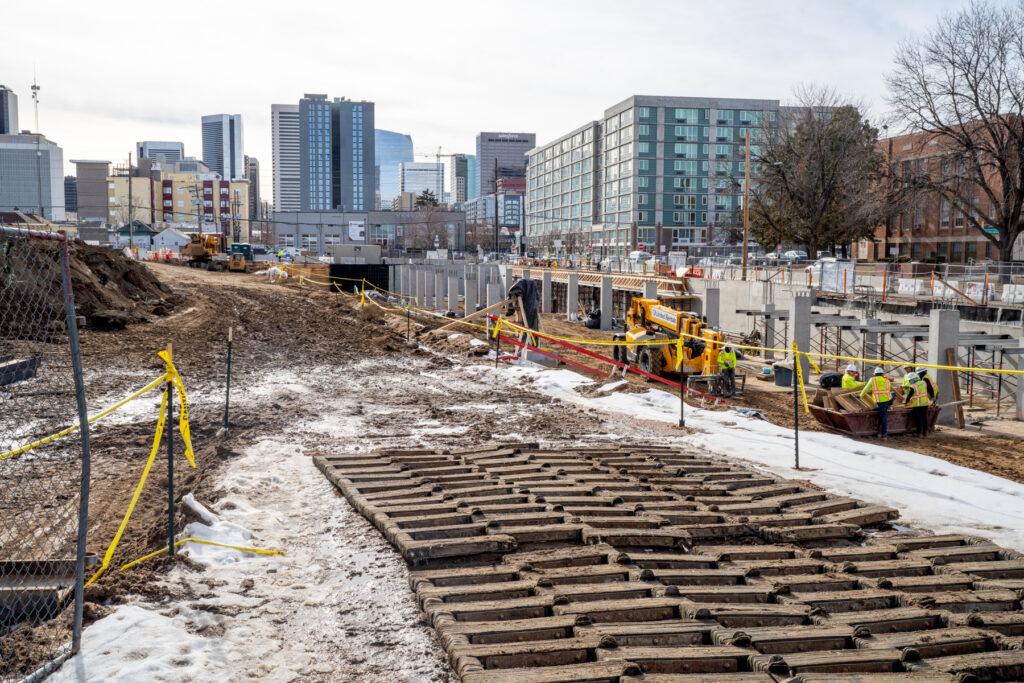
The state’s new role in planning
Meanwhile, Colorado’s land-use bill gives a big new mission to the state government. The state Department of Local Affairs would oversee statewide planning for housing and development.
It requires DOLA to develop ways to measure housing needs at the state, regional and local levels. These assessments will, for example, look at the housing stock, demographics and future needs of an area. The state will also create “strategic growth objectives,” which will be used to identify development areas and to guide how the state spends money.
Every five years, the state will hand down new reports on growth needs — similar to how California assigns growth goals to cities. Local and regional governments will, in turn, have to show how they’re trying to meet those goals from the state. The bill provides $15 million to help with planning.
DOLA also will develop sets of strategies to ensure housing affordability and prevent displacement, and cities will be required to adopt a certain number of those policies. Additionally, DOLA is tasked with developing the “model” codes that will shape development across the state.
DOLA’s planning will be based, in part, on feedback from other agencies, local leaders and comments gathered at two public hearings.
Meanwhile, many local governments would also have to submit annual reports on their development patterns. Those reports would have to include details about the number of new housing units and how long it’s taking the city to review development applications.
CML has objected to these changes, saying it makes local governments “subservient” to DOLA and to “extraordinarily cumbersome” new standards.
In California, cities can face significant consequences if their housing plans aren’t approved by the state. But it’s unclear how Colorado might hold its cities accountable.
The Colorado bill would also require many governments to do more reporting on their water systems.
Exceptions and exemptions
The bill is primarily focused on larger communities and resort areas. It includes various exemptions from the rules to reduce the impact on smaller cities and rural areas.
For example, mid-sized “Tier 2” municipalities would not face the requirement to allow multiplexes and townhomes in all residential areas. They would, however, have to allow accessory dwelling units and would be subject to the same removal of “red tape” regulations.
The bill would also create exemptions for various types of land, ensuring that they’re generally not affected by zoning changes. That includes areas that don’t get water or sewer service; areas in the wildland-urban interface; areas in floodplains and floodways; and properties outside of urbanized areas.
Following is a list of how Colorado's municipalities fall into the different tiers in the land-use bill. If you don’t see your community listed here, it may be an unincorporated place — such as Highlands Ranch — and will be generally exempt from the bill.
| Urban Municipalities Tier 1 | Urban Municipalities Tier 2 | Rural Resort Job Centers | Non-Urban Municipalities |
| Denver region: Arvada, Aurora, Boulder, Brighton, Broomfield, Castle Pines, Castle Rock, Centennial, Cherry Hills Village, Columbine Valley, Commerce City, Denver, Edgewater, Englewood, Erie, Federal Heights, Glendale, Golden, Greenwood Village, Lafayette, Lakewood, Littleton, Lochbuie, Lone Tree, Longmont, Louisville, Northglenn, Parker, Sheridan, Superior, Thornton, Westminster, Wheat Ridge North Front Range: Greeley, Fort Collins, Loveland, Windsor Pikes Peak: Colorado Springs, Fountain Grand Valley: Grand Junction Pueblo Area: Pueblo | Denver region: Dacono, Fort Lupton, Firestone, Frederick North Front Range: Evans, Berthoud, Johnstown, Tinmath, Eaton, Miliken, Severance Pikes Peak: Monument | Aspen, Avon, Breckenridge, Crested Butte, Dillon, Durango, Frisco, Glenwood Springs, Mountain Village, Silverthorne, Snowmass Village, Steamboat Springs, Telluride, Vail, Winter Park | Alamosa, Brush, Canon City, Carbondale, Cortez, Craig, Delta, Eagle, Fruita, Fort Morgan, Gunnison, Gypsum, La Junta, Lamar, Montrose, Rifle, Sterling, Trinidad, Wellington |
This table shows which policies apply to each tier level, as described by Colorado Builds Better, a group involved in drafting the bill:
| Urban Municipalities Tier 1 | Urban Municipalities Tier 2 | Rural Resort Job Center Municipalities | Non-Urban Municipalities | Statewide (Counties, small munis) | |
| Housing Needs Assessments & Plans | X | X | X | ||
| Allow Accessory Dwelling Units | X | X | X | X | |
| Allow Middle Housing (Duplexes, triplexes, multiplexes, townhomes) | X | With additional flexibility | |||
| Encourage Transit Oriented Communities (rail) | X | ||||
| Encourage Development Along Key Corridors (bus transit, commercial corridors, etc.) | X | With additional flexibility | |||
| Removing Square Footage Requirements, Occupancy Restrictions | X | X | With additional flexibility | X | Occupancy restrictions only |
| Strategic Growth Planning & Water | X | X | X | X |

